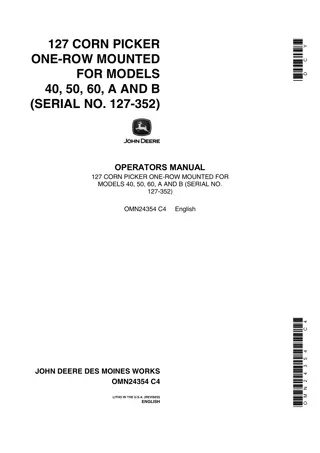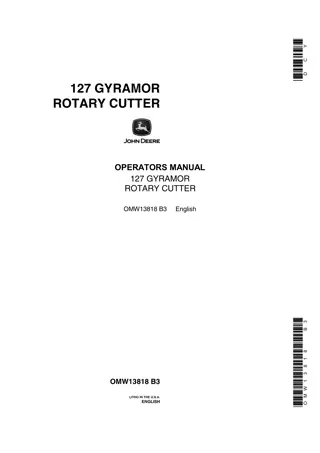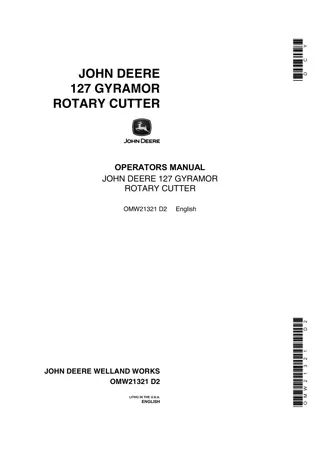
Evolution of Pteridophytes and Their Characteristics
Explore the ancient world of pteridophytes, the seedless plants that dominated landscapes before flowering plants emerged. Learn about their evolutionary significance, unique traits, and classification, including details on alternation of generations and spore reproduction.
Download Presentation

Please find below an Image/Link to download the presentation.
The content on the website is provided AS IS for your information and personal use only. It may not be sold, licensed, or shared on other websites without obtaining consent from the author. If you encounter any issues during the download, it is possible that the publisher has removed the file from their server.
You are allowed to download the files provided on this website for personal or commercial use, subject to the condition that they are used lawfully. All files are the property of their respective owners.
The content on the website is provided AS IS for your information and personal use only. It may not be sold, licensed, or shared on other websites without obtaining consent from the author.
E N D
Presentation Transcript
Before the flowering plants, the landscape was dominated with plants that looked like ferns for hundreds of millions of years. Pteridophytes show many characteristics of their ancestors. Unlike most other members of the Plant Kingdom, pteridophytes don t reproduce through seeds, they reproduce through spores instead.
Pteridophyta Characteristics 1. Pteridophytesare considered as the first plants to be evolved on land: It is speculated that life began in the oceans, and through millions of years of evolution, life slowly adapted on to dry land. And among the first of the plants to truly live on land were the Pteridophytes. 2. They are cryptogams, seedless and vascular: Pteridophytesare seedless, and they reproduce through spores. They contain vascular tissues but lack xylem vessels and phloem companion cells.
Pteridophyta Characteristics 3. The plant body has true roots, stem and leaves: They have well-differentiated plant body into root, stem and leaves. 4. Spores develop in sporangia: The sporangium is the structures in which spores are formed. They are usually homosporous (meaning: one type of spore is produced) and are also heterosporous, (meaning: two kinds of spores are produced.)
Pteridophyta Characteristics 5. Sporangia are produced in groups on sporophylls: Leaves that bear the sporangia are termed as sporophylls. The tip of the leaves tends to curl inwards to protect the vulnerable growing parts. 6. Sex organs are multicellular: The male sex organs are called antheridia, while the female sex organs are called archegonia.
Pteridophyta Characteristics 7. They show true alternation of generations: The sporophytegeneration and the gametophyte generation are observed in Pteridophytes. The diploid sporophyte is the main plant body.
Pteridophytes classification Pteridophyta is classified into four main classes: Psilopsida They are the most primitive. The stem is photosynthetic and dichotomously branched. Rhizoids are present. Leaves are mostly absent. The sporophyte is homosporoussynangium. Examples- Psilotum and Tmesipteris.
Pteridophytes classification Lycopsida They are commonly known as club moss. Well-differentiated plant body with adventitious root, stem, rhizophores and leaves. The sporophyte is homosporous or heterosporous. Examples- Selaginella, Lycopodium. Sphenopsida Commonly known as horsetail. Well-differentiated plant body with roots arising from nodes of the underground rhizome, stem and scaly leaves. Homosporous, sporangia are borne on strobili. Examples- Equisetum.
Pteridophytes classification Pteropsida Commonly known as a fern. Well-differentiated plant body with roots, stem and leaves. The sporophyte is homosporousor heterosporous. Antherozoids are multiflagellate. Examples- Pteris, Dryopteris, Adiantum




















